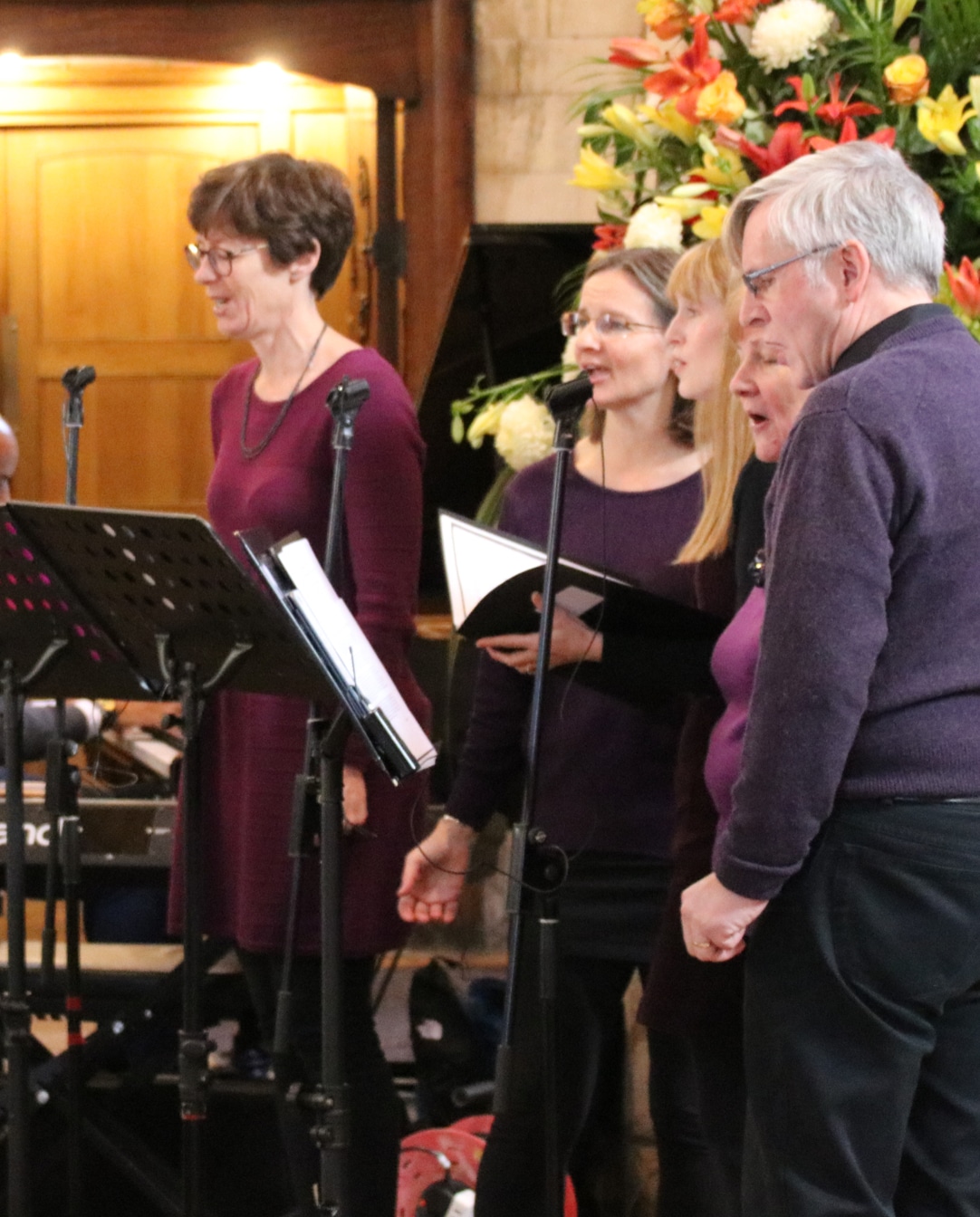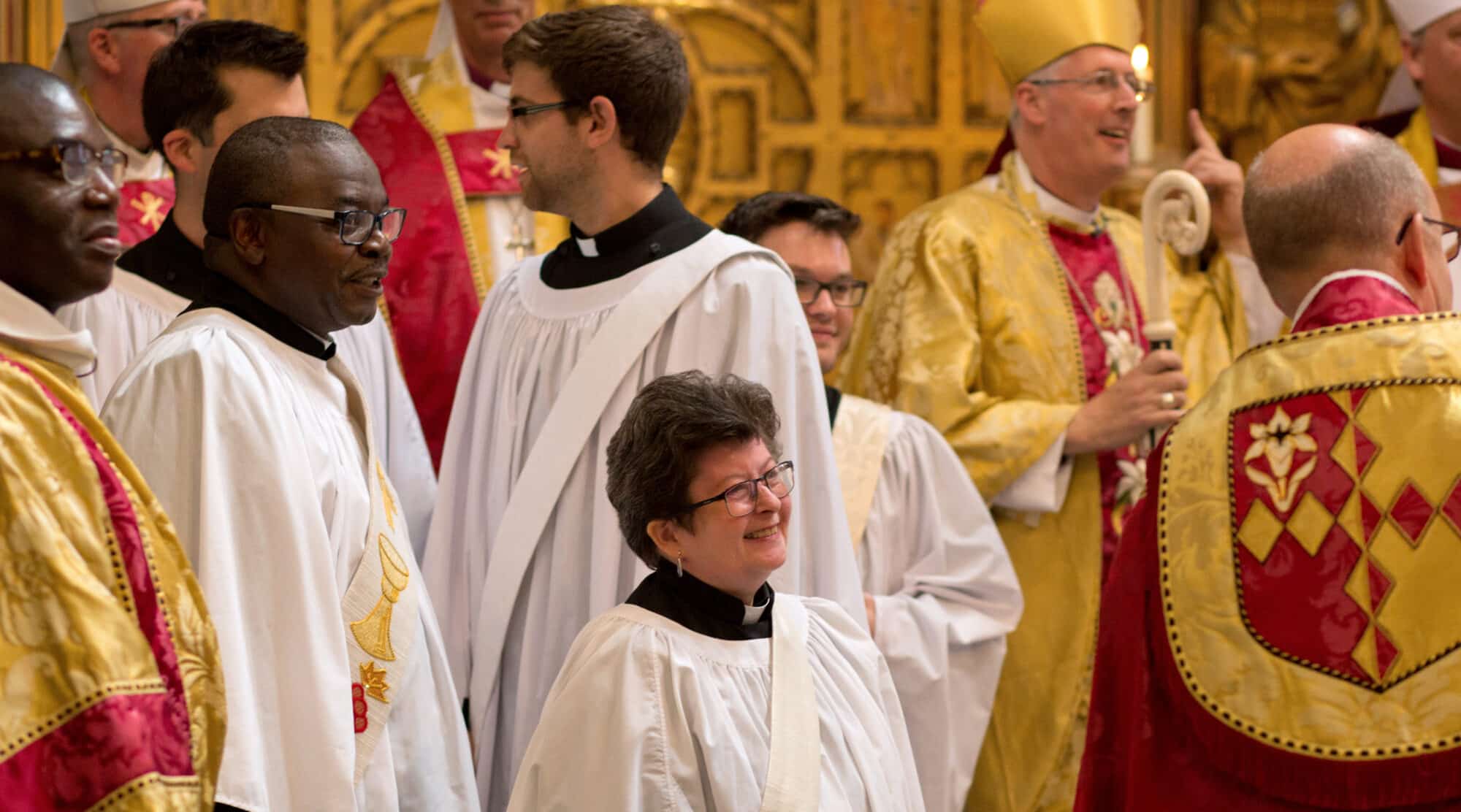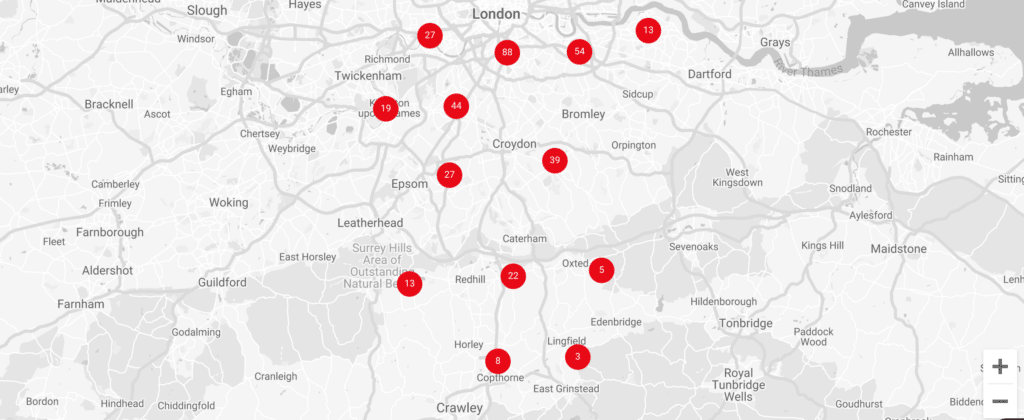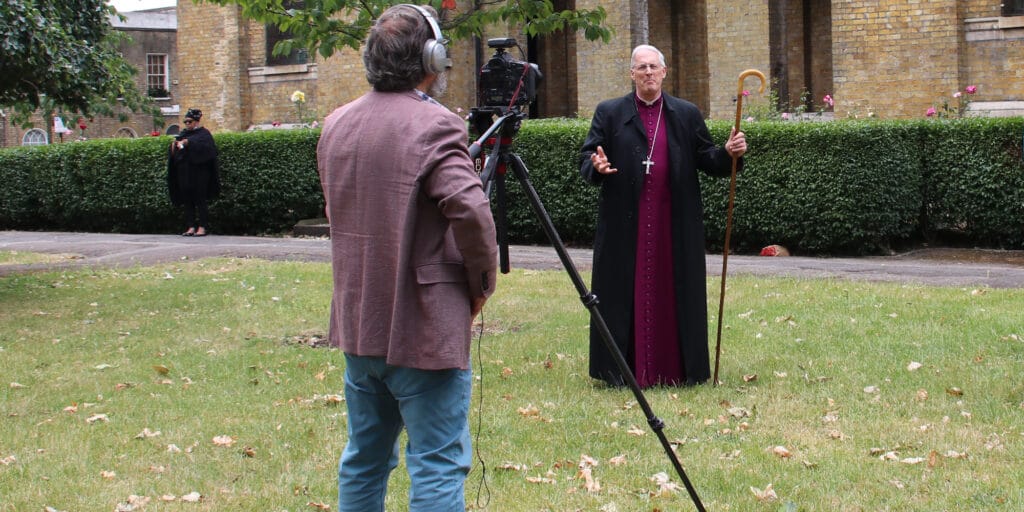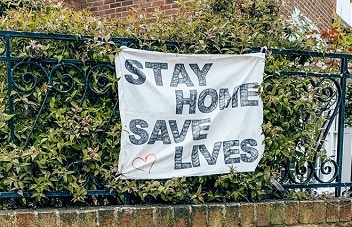Useful information
Patron
Patronage Board (Bishop/King's College, Cambridge/a TV)
Episcopal Area
Kingston Episcopal Area
Deanery
Kingston Deanery
Archdeaconry
Wandsworth Archdeaconry
Details of the Church
Built
C12/C19
Architect
Unknown/Brandon & Pearson
Listing
1
For well over a thousand years, a church has stood on the present site at Kingston. In the year 828 a General Council of the Realm was held in the town, at a time when Viking marauders and traders were making their presence felt. The third King of England, Athelstan, was crowned here in 924 and such was the enthusiasm and exuberance shown on that occasion that, it is said, his men tossed him in the air three times. The following year King Edward the Martyr was crowned to be followed by the consecration at Kingston of Edmund in 940, Edred in 946, Edwig in 955 and finally, in 979 Ethelred, who was crowned by Bishop Oswald of Worcester. It is a moving thought that some of the first kings of England were consecrated to their task and given authority on this ground.
Nothing remains of the Saxon church save outlines marked by stones outside the south door of the present building. After the Norman conquest, Kingston retained some of its importance. King John had a palace here and the Bishops of Winchester had a residence in the town.
During the fourteenth century, the Norman nave was pulled down and rebuilt, as may be seen today in the columns and arches and also part of the south transept. The present chancel, together with the Holy Trinity Chapel to the north and St James Chapel to the south were added during the fifteenth century. The tower, formerly surmounted by a lofty wooden spire, was struck by lightning in 1445 and almost
entirely destroyed to be rebuilt in 1505. A vestry meeting of 1699 describes the church as being “much out of repair and there being a need for a speedy repair of the same in several places … to prevent further damages and inconvenience.” The tower was taken down to the nave roof level, strengthened and rebuilt with buttresses, the work being completed in 1708.
The building, apart from various minor internal alterations remained untouched until the mid 1850’s when, spurred on by religious revival influenced by the Oxford Movement, it was substantially altered and renovated. Ceilings were reconstructed and the organ gallery, at the west end, removed. Forty years later, extensive reconstruction of elevations occurred including an influx of stained glass. Remaining galleries were removed and new roofs provided to the nave, aisles and transepts. Apart from the later additions of the choir vestry on the north wall shortly after the first world war, the church remains today as Pearson left it in 1890.
The re-ordering on the nave and aisles in 1979 came about to accommodate activities which, up till then, had taken place in the church hall in Ashdown Road which had been put at risk by the local authority’s intention to acquire the building compulsorily for development purposes. The acquisition of a superb Frobenius pipe organ in 1988 secured the parish church as a major concert venue.
A major £3.5m refurbishment project carried out in 2013 – 14 under the supervision of the Church Architect Ptolemy Dean made the medieval / Victorian church fully fit for the 21st century. A new North Porch opened up All Saints to the modern retail side of Kingston (John Lewis, M&S, The Bentalls Centre, etc), connecting it with the ancient Market Place on the South side. Following a complete internal re-ordering, redecoration and the installation of new toilets, plumbing, heating and lighting, together with a Café at the East End and a Heritage Gallery, this beautiful town-centre church is now open to worshippers and visitors seven days a week throughout the year.
The All Saints’ vision is to recreate something akin to the medieval church, where the sacred intersected with the secular as people went about their day to day lives. And that’s exactly what happens!
‘Open doors, open hearts, open minds …..’
